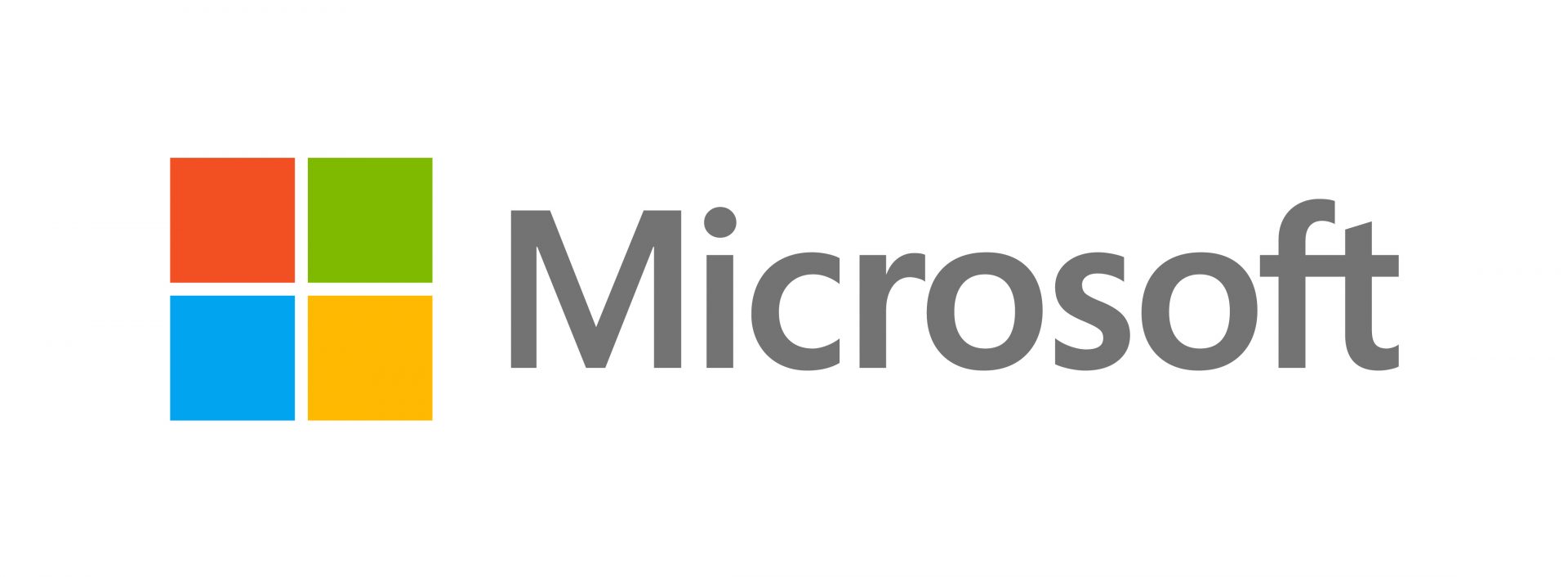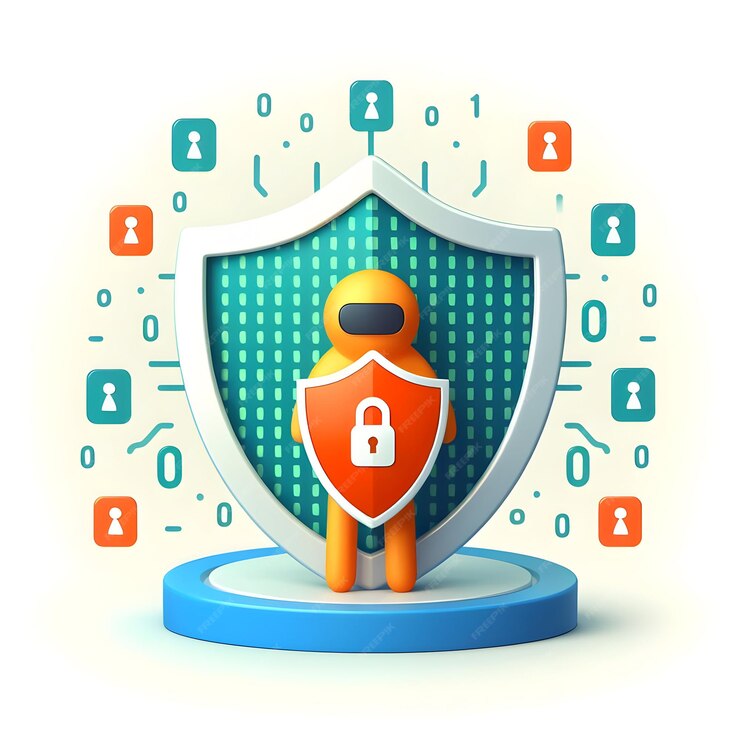The digital landscape is volatile, marked by escalating cyber threats. As organizations become increasingly reliant on technology for operations, the potential consequences of cyberattacks have grown exponentially. Traditional security models centred around perimeter defence are proving inadequate in the face of sophisticated, modern threats. These attacks often bypass external defences, infiltrating networks and systems with devastating results.
A fundamental shift in security philosophy is imperative to counter this evolving threat landscape. The Zero Trust security model offers a proactive approach, challenging the assumption of trust within network perimeters. Zero Trust establishes a robust security posture by enforcing rigorous verification for every user, device, and application, regardless of location. This model is founded on continuous verification, ensuring access is granted only after strict authentication and authorization processes.
Challenging the Status Quo: The Zero Trust Model
The Zero Trust security model represents a fundamental departure from traditional network security architectures. Unlike perimeter-based security, which relies on the assumption that everything inside the network is safe, Zero Trust operates on the principle of “never trust, always verify.” Regardless of location, every user, device, and application must be continuously authenticated, authorized, and validated before accessing resources.
The cornerstone of Zero Trust is the explicit denial of trust, enforcing rigorous verification for each access request. This approach starkly contrasts traditional security models that grant implicit trust to entities within the network perimeter. Zero Trust significantly enhances an organization’s security posture by treating all users and devices as potential threats.
Furthermore, Zero Trust emphasizes least privilege access, granting users only the necessary permissions to perform their job functions. This minimizes the potential damage caused by a successful breach. Organizations can effectively mitigate risks associated with remote work, cloud adoption, and the increasing complexity of modern IT environments by adopting a Zero Trust framework.
Building Blocks of Zero Trust: Identity, Access, Isolation, and Insight
Integrating a Zero Trust framework comprises interconnected elements that significantly bolster an organization’s security posture. At its core, Identity and Access Management (IAM) is the foundational element, incorporating the continuous authentication of user and device identities to ensure that only authorized entities are granted access to resources. Multi-factor authentication (MFA) plays a pivotal role by introducing an additional layer of security, necessitating multiple forms of verification. In addition to authentication, IAM encompasses authorization, which essentially outlines user actions.
The principle of least privilege access is vital. The attack surface is significantly reduced by providing users with the minimum necessary permissions to fulfil their tasks. This approach enables organizations to mitigate potential damage from a compromised account by limiting access to specific resources and actions. Moreover, this principle aligns with the broader concept of role-based access control (RBAC), which assigns permissions based on an individual’s role within the organization.
Network Segmentation is an essential practice for isolating critical systems and data. By dividing the network into smaller, isolated segments, organizations can effectively contain the spread of malware or ransomware. Furthermore, adopting micro-segmentation, a careful approach to network segmentation, further amplifies security by isolating individual applications and workloads.
Continuous Monitoring and Threat Detection are indispensable components of a Zero Trust architecture. New threat detection technologies, such as intrusion detection systems (IDS) and intrusion prevention systems (IPS), play a pivotal role in identifying and preventing malicious activities. Security information and event management (SIEM) solutions, on the other hand, aggregate and analyze security data, providing comprehensive visibility into the network environment. Moreover, user and entity behaviour analytics (UEBA) are crucial in identifying abnormal activities that may signify a security incident.
These components form a strong and layered defence against cyber threats when effectively implemented. It’s important to note that a Zero Trust architecture is not a static implementation but rather an ongoing process that demands continuous evaluation, adaptation, and improvement to address evolving threats effectively.
Security, Sovereignty, and Success: Zero Trust Advantages
A Zero Trust architecture offers a considerable advantage in safeguarding an organization’s digital assets. Shifting the security paradigm from inherent trust to continuous verification significantly reduces the attack surface, making it more difficult for adversaries to compromise systems and data. This proactive approach helps prevent data breaches, protects sensitive information, and safeguards an organization’s reputation.
Moreover, Zero Trust aligns with the stern compliance mandates imposed by various industries and regulatory bodies. Organizations can enhance compliance by demonstrating a challenging security posture centred on continuous verification and least privilege access, reducing the risk of penalties and reputational damage.
Beyond security and compliance, Zero Trust empowers organizations to exert greater control over their IT environment. Organizations can mitigate insider threats, prevent data exfiltration, and enhance incident response capabilities by enforcing granular access controls and continuously monitoring network activity. This heightened visibility and control enables organizations to make more informed decisions about their security posture and to respond effectively to emerging threats.
Zero Trust ultimately invests in an organization’s long-term security and resilience. By adopting a Zero Trust framework, businesses can protect critical assets, maintain customer trust, and achieve operational efficiency.
Change and Commitment: Overcoming Zero Trust Obstacles
Embarking on a Zero-Trust journey is a complex endeavour that demands careful planning and execution. A comprehensive Zero-Trust architecture requires significant organizational change, technological investments, and ongoing management.
Navigating the implementation process poses a significant challenge due to its inherent complexity. The integration of diverse security technologies, their alignment with business requirements, and the assurance of seamless operation present formidable hurdles. Additionally, organizations may encounter legacy system interoperability issues, requiring upgrades or workarounds. This difficulty often leads to extended project timelines and increased costs.
Financial resources present another critical consideration. Adopting a Zero Trust model demands substantial investments in new security technologies, infrastructure upgrades, and employee training. While the long-term benefits are considerable, the initial outlay can be significant, highlighting the importance of validating the expenditure through a comprehensive cost-benefit analysis.
The successful implementation of Zero Trust goes beyond technological and financial challenges, necessitating a fundamental cultural shift within the organization. This involves employees adopting a new security mindset and recognizing the significance of continuous verification and least privilege access. Overcoming resistance to change and cultivating a security-conscious culture requires effective communication, comprehensive training, and strong leadership. Furthermore, the challenge lies in maintaining user productivity while enforcing strict security measures, emphasizing the crucial need to balance security and usability for successful adoption.
Additionally, the dynamic threat landscape requires continuously adapting the Zero Trust architecture. Organizations must proactively address emerging threats and vulnerabilities through ongoing monitoring, evaluation, and updates to the security posture. This calls for agility, flexibility, and a dedicated team to effectively manage the Zero Trust framework.
Models of Success: Microsoft and Accenture’s Zero Trust Journey

Microsoft has integrated a comprehensive Zero Trust strategy across its organization. This includes using Windows Hello for Business for biometric authentication and enforcing multi-factor authentication for all accounts. They have also rolled out device management for various operating systems and implemented network segmentation to enhance security. Microsoft’s approach has resulted in significant security improvements, including a 50% reduction in the risk of data breaches and substantial cost savings. The adoption of Zero Trust has enhanced their security posture and compliance and improved overall operational efficiency.

Another example is Accenture. The company adopted a Zero Trust model to secure its cloud infrastructure. It focused on identity-centric security, automated behavioural analytics, and multi-layered defences. Accenture ensured strong security across its hybrid cloud environment by leveraging cloud-native solutions and partnerships with major cloud providers. The Zero Trust strategy enabled Accenture to secure its IT infrastructure effectively, reduce costs, and improve business agility. Their approach has minimized the effort required to secure new infrastructure and increased the efficiency of their security processes.
Conclusion
Zero Trust represents a paradigm shift in cybersecurity, demanding a proactive and risk-aware approach. By prioritizing continuous verification, least privilege access, and micro-segmentation, organizations can significantly bolster their defences against the ever-evolving threat landscape. While the implementation journey may present challenges, the long-term benefits of security, compliance, and control are substantial. It’s essential to recognize that Zero Trust is not a static endpoint but a dynamic process that requires ongoing adaptation and investment. By embracing this framework, organizations can establish a strong foundation for protecting their digital assets, mitigating risks, and building trust with stakeholders. Adopting Zero Trust is not merely a technological choice but a strategic imperative in today’s complex security environment.
